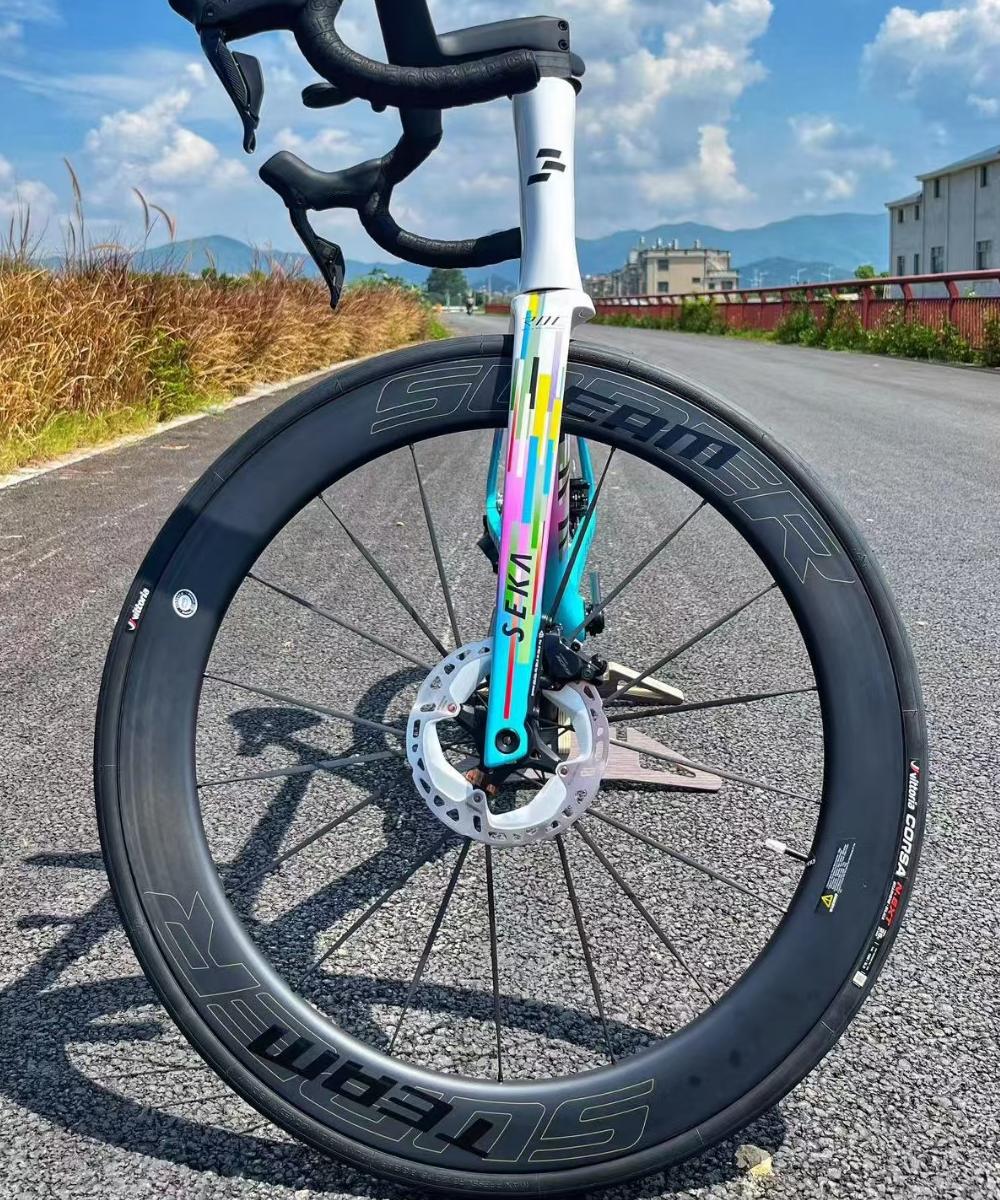The Pros and Cons of Wide vs Narrow Rear Rims
In recent years, rim width has become a central discussion point in wheel design, particularly for the rear wheel. While front wheel aerodynamics often dominate marketing narratives, the width of the rear rim can significantly influence power transfer, stability, and rider comfort. Both wide and narrow rear rims have distinct advantages and drawbacks, and choosing between them depends heavily on riding style, terrain, and priorities.
Advantages of Wide Rear Rims
Improved Power Transfer
A wider rear rim provides a broader base for the tire, which reduces tire squirm under high torque efforts. This leads to more direct power transfer when sprinting or climbing.
Better Tire Support
Wider rims allow the tire to maintain its designed profile, minimizing deformation. This improves cornering stability and predictable handling, especially when using wider tires (28mm and above).
Enhanced Comfort
With greater internal width, the rim allows lower air pressures without sacrificing stability. This results in smoother rides, particularly on rough surfaces or long-distance rides.
Modern Tire Compatibility
As the industry shifts toward wider tires for road, gravel, and endurance bikes, wide rims pair naturally with these setups, maximizing performance.
Disadvantages of Wide Rear Rims
Weight Penalty
Wider rims generally require more material, adding grams to the wheelset. For riders chasing ultra-light builds, this can be a concern.
Aerodynamic Trade-offs
While wider rims improve handling in some conditions, they may not be as aerodynamically efficient as narrower ones, especially when paired with narrower tires.
Frame Clearance Issues
Not all frames are designed to accommodate wide rims and tires. Older bikes or aero-focused frames may experience rubbing or compatibility problems.
Increased Rolling Resistance with Narrow Tires
Pairing wide rims with narrow tires can distort the tire shape, potentially increasing rolling resistance and reducing comfort.
Advantages of Narrow Rear Rims
Lightweight Construction
Narrower rims use less material, which typically means lighter wheels—ideal for climbing-focused riders.
Better Aerodynamics with Narrow Tires
For time trialists or riders who stick to 23–25mm tires, narrow rims often maintain a smoother rim-tire interface, reducing drag.
Compatibility with Older Frames
Narrow rims fit well with older bike geometries and caliper brake systems, ensuring broad compatibility without clearance concerns.
Disadvantages of Narrow Rear Rims
Reduced Power Transfer
With less support for the tire, narrow rims can flex more under load, reducing efficiency during sprints or steep climbs.
Limited Comfort
Narrow rims restrict the effective use of wider tires, meaning higher pressures are often required, leading to a harsher ride.
Less Stable Handling
In fast cornering or descending, tires on narrow rims may feel less planted compared to the broader contact patch of wide rims.
Conclusion
The choice between wide and narrow rear rims depends on priorities. Riders focused on stiffness, comfort, and modern tire setups may find wide rear rims superior. Those who prioritize weight savings, aerodynamic gains with narrow tires, or compatibility with older frames might prefer narrower rims. As wheel technology continues to evolve, the trend leans toward wider rims, especially for all-road and endurance applications, but the final decision should always match the rider’s style and equipment needs.




